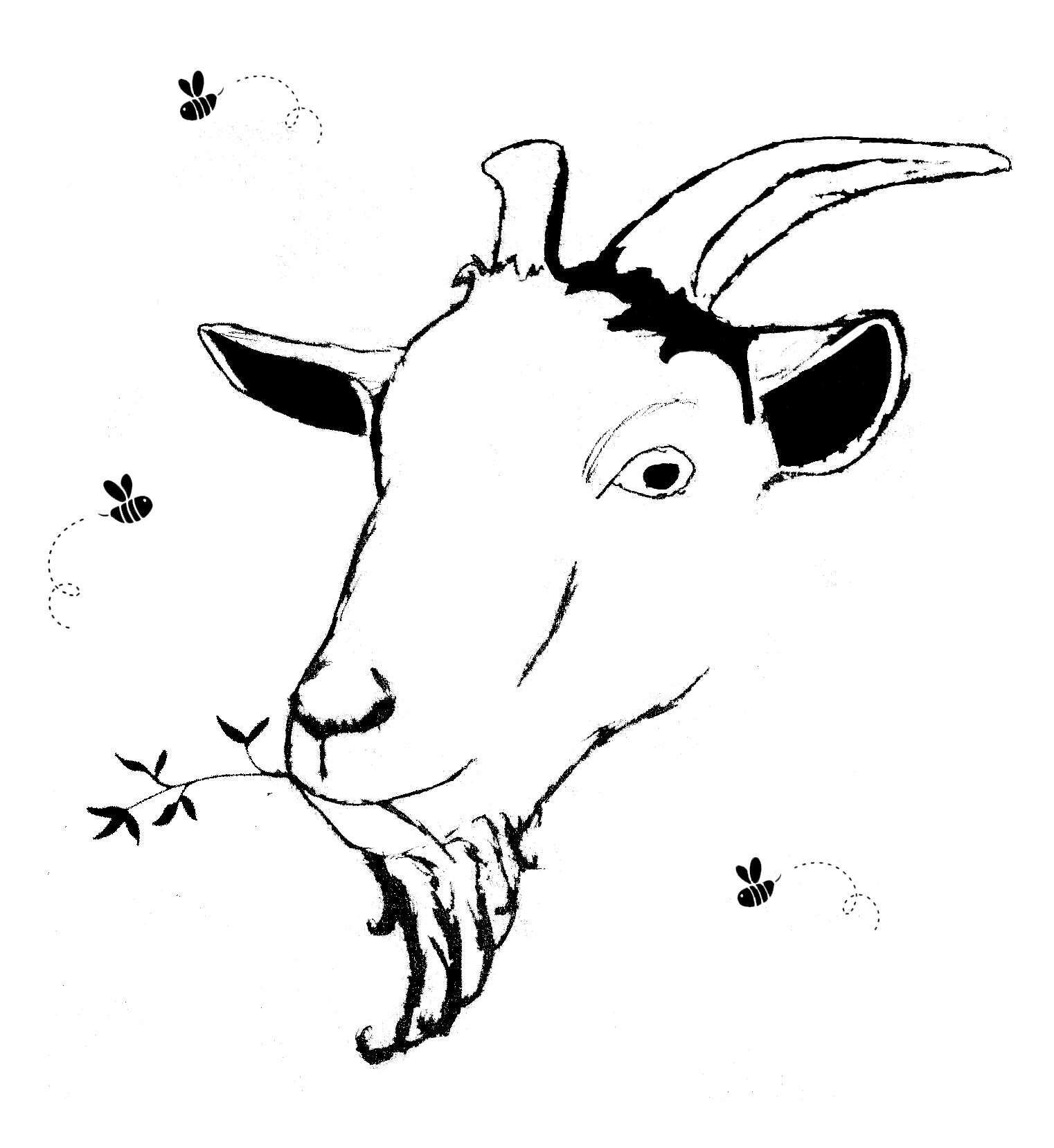This cooling and anti-inflammatory poultice helps relieve itching, reduce inflammation, and draw out toxins caused by poison ivy exposure.
Ingredients:
- 2 tablespoons Jewelweed leaves or stems (Impatiens capensis) – Best natural remedy for poison ivy; neutralizes urushiol (the irritant in poison ivy)
- 1 tablespoon Plantain leaves (Plantago major) – Soothes itching and promotes healing
- 1 tablespoon Bentonite clay – Draws out toxins and dries oozing blisters
- 1 teaspoon Baking soda – Reduces inflammation and neutralizes irritation
- 1 teaspoon Aloe Vera gel – Cools and soothes the skin
- Enough cool water or Witch Hazel to form a paste
Instructions:
- Prepare the Herbs:
- If using fresh Jewelweed and Plantain, chop or crush them into a paste.
- If using dried herbs, grind them into a fine powder or rehydrate them with a small amount of water.
- Make the Poultice:
- Mix the herbs with bentonite clay and baking soda in a small bowl.
- Add aloe vera gel and a little witch hazel or cool water until a thick, spreadable paste forms.
- Apply to Affected Area:
- Spread the poultice directly onto the poison ivy rash in a thick layer.
- Cover with a clean cloth or gauze to keep it in place.
- Leave on for 20–30 minutes, then rinse with cool water.
- Repeat as Needed:
- Apply 1–3 times daily until symptoms improve.
Alternative Additions:
- Colloidal Oatmeal – Reduces itching and inflammation.
- Lavender or Tea Tree Essential Oil (1–2 drops) – Helps with skin healing and prevents infection.
- Chamomile Tea (cooled) – Can be used instead of water for extra soothing properties.
Precautions:
- Do NOT scratch the affected area, as it can spread the rash.
- If severe blistering or signs of infection appear, consult a healthcare provider.

